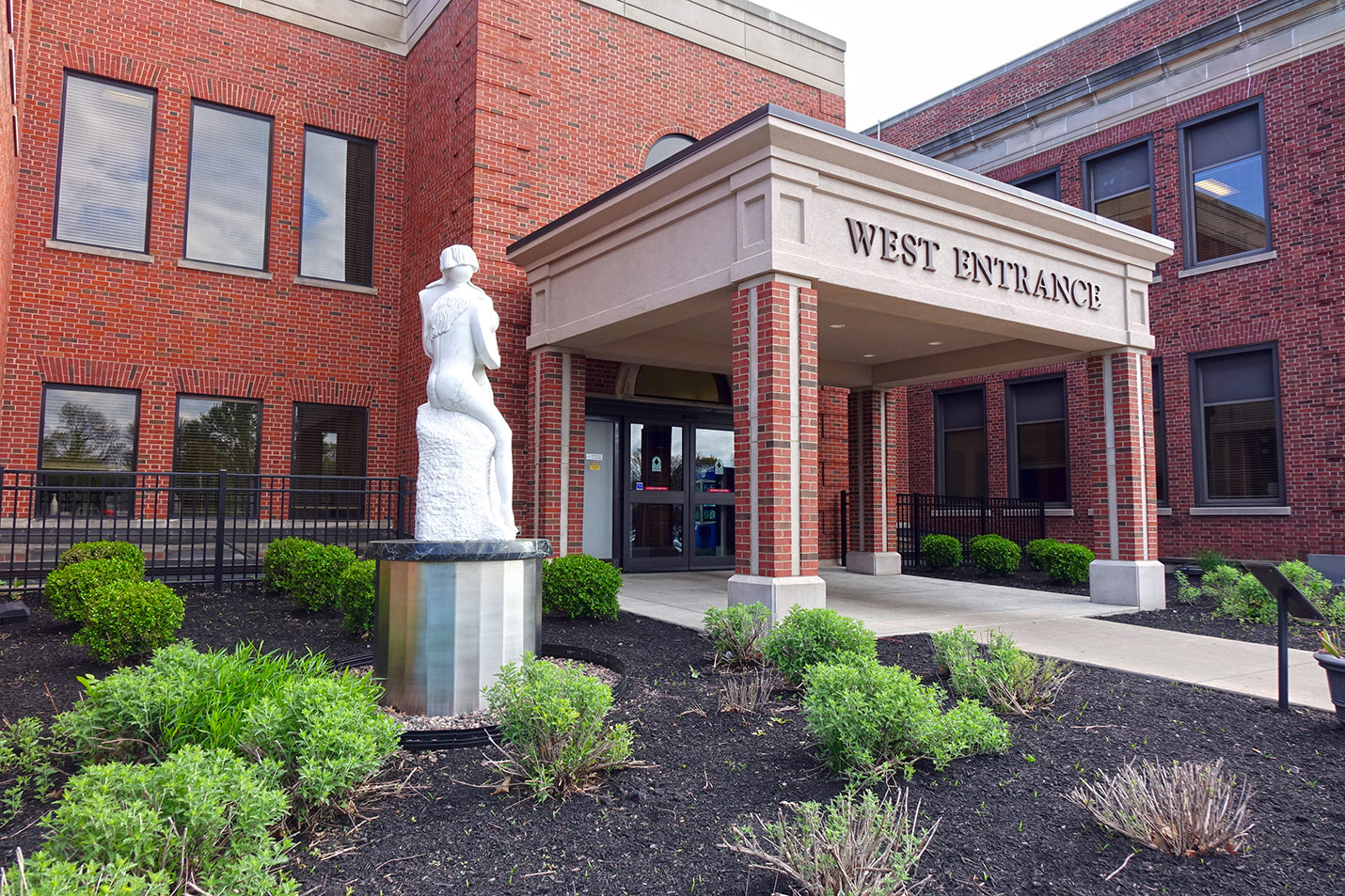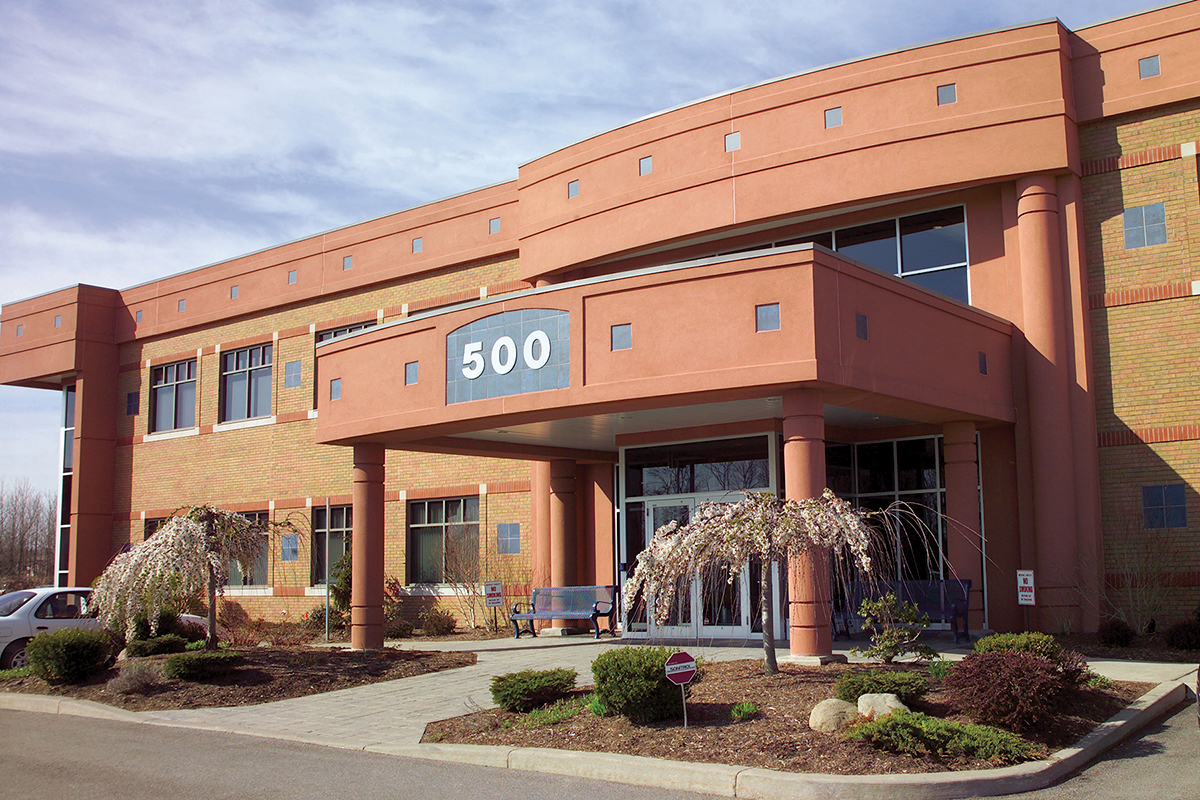Fetal Lung Masses (CPAM and BPS)
Make Appointments & Get Care
What are Fetal Lung Masses?
In rare circumstances, fetuses can develop an abnormal growth (called a mass) in a lung. Two of the most common of these rare conditions are congenital pulmonary airway malformation (CPAM) and bronchopulmonary sequestration (BPS).
What Is the Difference between CPAM and BPS?
Congenital pulmonary airway malformation (CPAM) is an abnormal growth of fetal lung tissue that forms during pregnancy. The mass pushes on the remaining lung tissue and heart. This condition was also previously known as congenital cystic adenomatoid malformation (CCAM). CPAM is extremely rare, affecting only one in 25,000 pregnancies.
Bronchopulmonary sequestration (BPS) is a mass of fetal lung tissue that receives its blood supply from the aorta. BPS is even rarer than CPAM.
Neither CPAM nor BPS is considered a genetic or hereditary condition, and both are unlikely to happen again in another pregnancy.
By the Numbers
50+
Babies with CPAM/BPS Evaluated in the Last 5 Years by Maternal-Fetal Medicine
~2000
Operative Procedures Performed Annually by Pediatric Surgery
Ready for an Appointment?
Call (585) 487-3350UR Medicine's Treatments for Fetal Lung Masses (CPAM and BPS)
How are fetal lung masses diagnosed?
If you are referred for a suspected CPAM/BPS, our team will perform a detailed, high-resolution Level II ultrasound. Based on the findings of the ultrasound, we can help determine the follow-up needed and the likelihood of complications after birth.
Our Pediatric Cardiology team will also perform a fetal echocardiogram to evaluate the cardiac health of the fetus.
How are fetal lung masses treated?
Most fetuses will require close monitoring but will not develop complications, and most masses begin to decrease in size by 26 to 28 weeks.
Treatment will be needed if the mass compresses the lungs or the heart, as there is then a risk of developing underdeveloped lungs, high blood pressure, or fluid build-up in the fetus (a condition known as hydrops). In these cases, the mass will need to be evaluated and removed. If necessary, emergency care and breathing assistance will be provided.
Extracorporeal Membrane Oxygenation (ECMO)
Children born with this condition require surgery, and some will require ECMO for oxygenation while their lungs recover. We are the only center in the Finger Lakes region that offers neonatal ECMO services, and UR Medicine's Golisano Children's Hospital has a dedicated ECMO team for these critically ill infants.
Ex-Utero Intrapartum Treatment (EXIT)
In some cases, the lesions are very large and interfere with normal breathing, so surgery must take place immediately after birth. Our team may recommend a special birth plan which includes EXIT. This involves delivering the baby by Cesarean-section and immediately placing a breathing tube while the baby is still connected to the placenta. UR Medicine Maternal-Fetal Medicine has offered this type of EXIT as a management strategy for babies with severe CPAM.
What Sets Us Apart?
At UR Medicine, we understand that facing a pregnancy with a complex condition can be overwhelming. Our team of fetal and maternal care coordinators will be here to help navigate your visits, questions, and challenges.
Golisano Children's Hospital's Pediatric Surgery team has decades of experience operating on infants and children and performs approximately 2,000 operative procedures a year. Our Maternal-Fetal Medicine experts offer a complete range of diagnostic and treatment options to care for babies with this condition.
UR Medicine has AIUM Accreditation in:
- Obstetrical ultrasound
- Detailed fetal anatomic examination (Level II ultrasound)
- GYN ultrasound
- Fetal echocardiography
Locations
View All LocationsWe serve you in the Rochester metropolitan area and surrounding region.
View All Locations6 locations
Lattimore Medical Center
125 Lattimore Road, West Entrance, Suite 150
Rochester, NY 14620
Calkins Corporate Park (Red Creek)
500 Red Creek Drive, Suite 210
Rochester, NY 14623
Lattimore Medical Center
125 Lattimore Road, West Entrance, Suite 150
Rochester, NY 14620
Highland Perinatal Center
990 South Avenue, Suite 105
Rochester, NY 14620
990 South Avenue, Suite 105
Rochester, NY 14620
Highland Perinatal Center
909 Culver Road
Rochester, NY 14609


